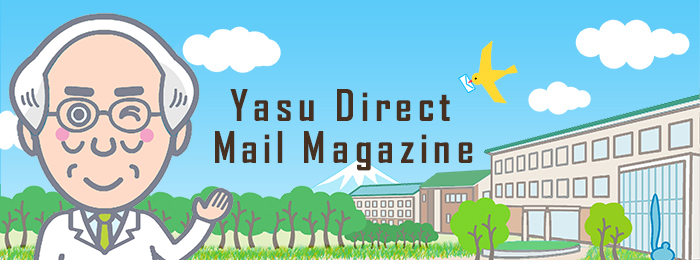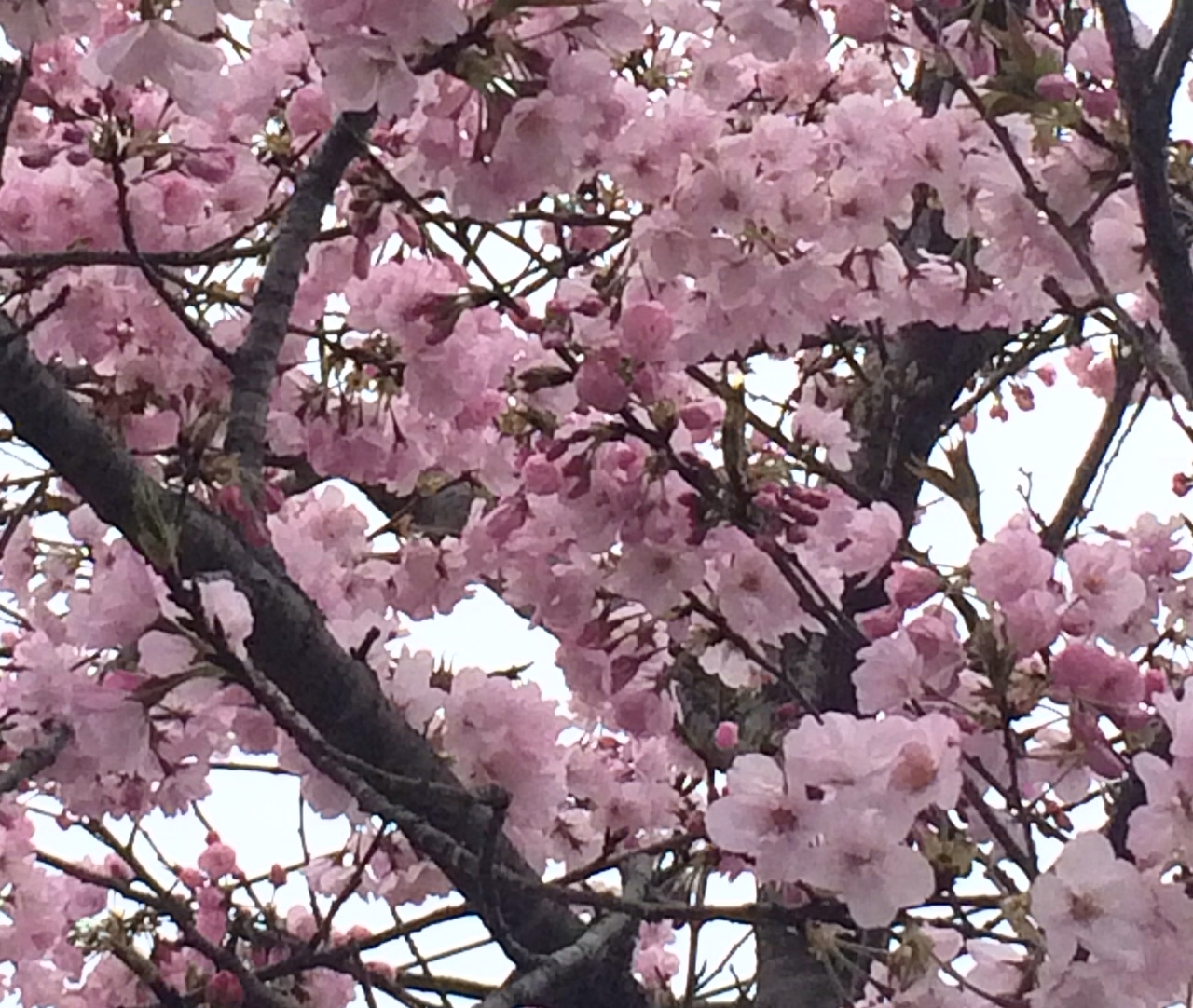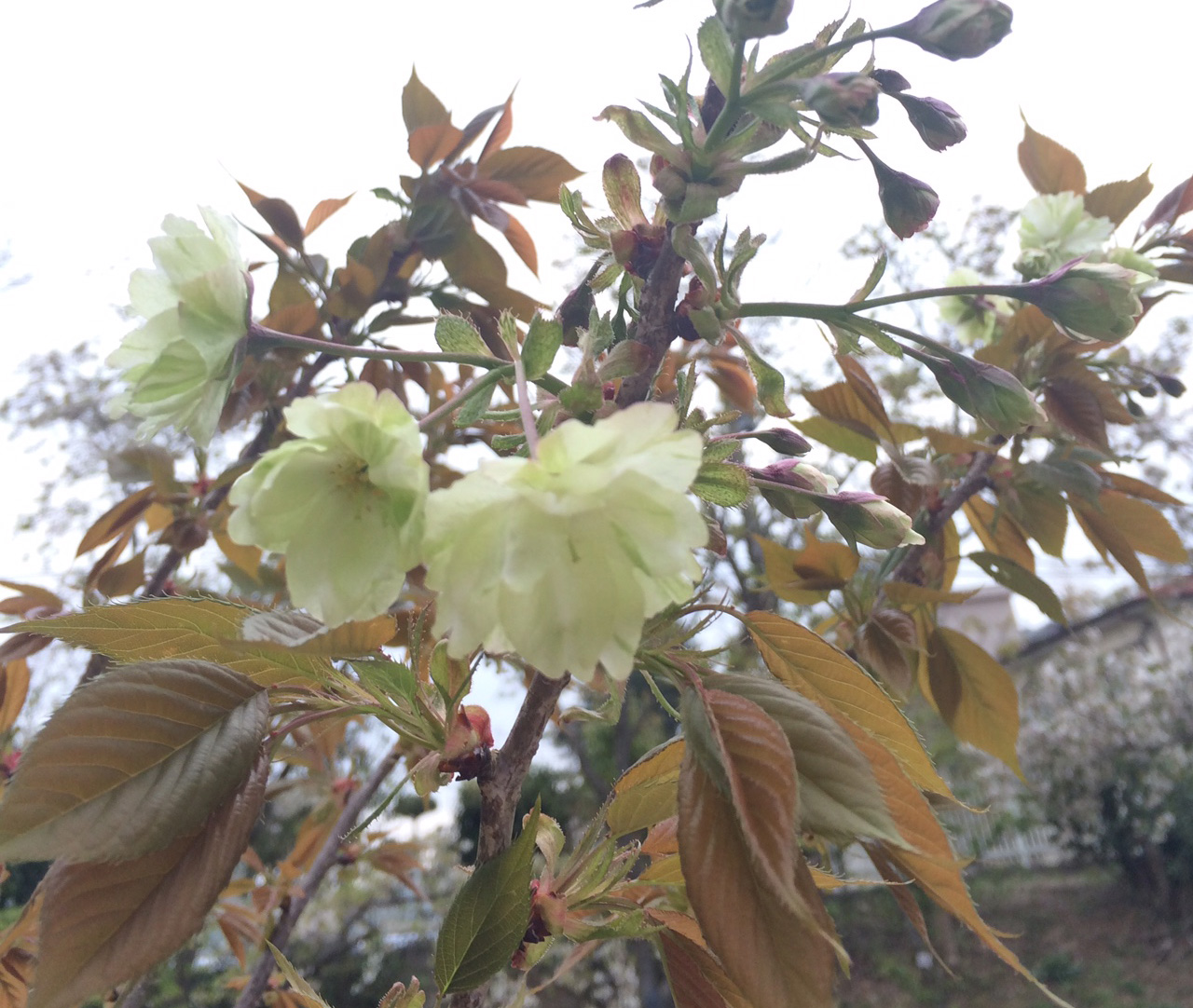No. 9 (May 17, 2016)


Yasu Direct Mail Magazine No. 9 (May 17, 2016)
Students of SOKENDAI, the new school year has begun and I am sure you are studying and researching with a sense of energy and refreshment. Have you new students become used to this new environment? Are you feeling the post-vacation blues? How was the Freshman Course? Have you made any new friends?
Now that the consecutive holidays in May are over, I am sure you are ready to hit the gas after your short break. I was able to finish some writing I had been putting off and see the brilliant new greenery, which filled me with energy for taking on challenges. Each year, I feel that the seasons in Japan are very beautiful and lend great hope and power to people.
Earnest efforts made by individuals cause new actions among the people in their surrounding environment, things, events, and even impact society itself. At my current age, I keenly feel that the transmission of individual efforts?such as small, original ideas, ingenuity, discoveries, or inventions?can influence the feelings and actions of many other people, which accordingly affects all sorts of things. This brings about other original ideas, ingenuity, discoveries, and inventions, as well as the flow of information and goods, which once again leads to motivation and inspires further efforts. This also applies in academic pursuits. When information about the results of profound academic research by individuals is shared, they inspire other researchers and also create and enlarge the scope of debate. Sometimes, this produces new researcher networks and research fields, the integration of which gives rise to new sciences, cultures, and industries.
Our prime minister sent a request to universities exactly two years ago in May, saying, "Rather than deepening academic research, we will conduct more practical vocational education that better anticipates the needs of society" (Note 1). I was shocked by this twice. I wanted to object regarding the literal interpretation of his words?shouldn't the leaders of our country be asked to provide environments where research can be deepened for the future of Japan, the world, and mankind? I was also concerned because I thought turning universities into job training sites would be the equivalent of destroying Japan. However, after some time passed I tried thinking about these words in terms of the issues we must tackle. Perhaps to the prime minister and many other people, the concept of "deepening academic research" means being absorbed in scholarship for its own sake, and his request refers to the circumstance in which academics do not make efforts to present their results to related fields as papers or books (especially overseas), transmit information through other means (particularly those outside the framework of their field and academia), or engaging in debates regarding information transmitted from related fields. If so, then universities might accept this request as the need to teach that such a circumstance is not helpful to the world or society. Environments that enable free thinking and diverse approaches are essential to academic research. In addition, environments are also essential in which results are transmitted and debates are conducted on them in various fashions. I personally intend to devote great efforts to providing such environments to the graduate students and young researchers who will bear the responsibility for the academic world of the future.

Incidentally, I visited the Department of Genetics with two executive directors the other day (April 12), where we saw a row of cherry trees comprised of many varieties (Note 2). Among these, I was astounded to see that there is actually 'Kizakura' (yellow cherry). I was also deeply impressed to watch the three students (Shingo Nakazawa, Yuki Matsumoto, and Tomoyo Iizuka) who showed us around enjoying their studies and research in this excellent environment. Afterwards we had the opportunity to interact with many teachers from the department, and I was very moved by our enthusiastic discussion on how to offer a living environment to SOKENDAI students where they can concentrate on their studies and research. I plan to visit all departments and Inter-University Research Institutes with the executive directors during the current fiscal year, and look forward to meeting all of you. I hope to reflect the comments we receive from students and teachers in these departments in the third-term functional enhancement (university reform) that was just started. Even if it takes time, I want to make our school as great as possible.
Until next time!
Note 1) Excerpted from Prime Minister Shinzo Abe's Keynote Speech at the OECD Ministerial Council Meeting on May 6, 2014.
Note 2) More than 260 different varieties of cherry tree from across Japan were planted on the grounds of the National Institute of Genetics by the late Dr. Yo Takenaka (former head of the NIG's Department of Cytological Genetics), who is renowned for his research on the origin of Yoshino Cherry (Somei-yoshino). Two photographs (taken by Dr. Nagayama, Executive Director) represent Mishima Cherry (Mishima-zakura), which is selected as a city flower in Mishimashi, and Gyoikou Cherry (Gyoikou), which is one of yellow cherries.
